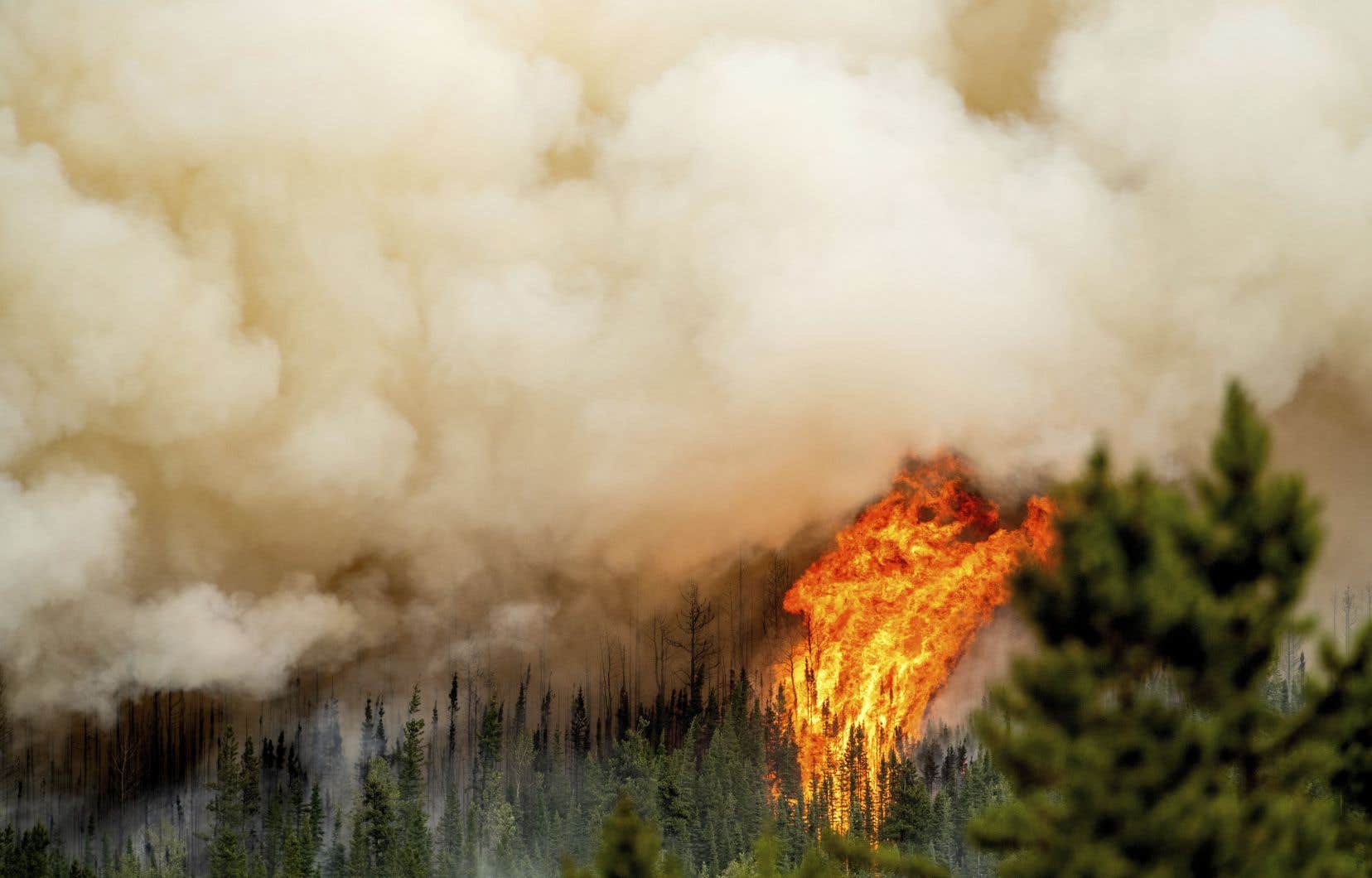The number of wildfires in British Columbia has increased, with dry lightning sparking many new blazes fueled by dry conditions exacerbated by recent heat waves.
Meanwhile, the Thompson-Nicola Regional District has confirmed that a number of structures in Venables Valley, B.C., have been destroyed in the fast-moving Shetland Creek fire burning near the community of Spences Bridge.
The emergency center says authorities have not been able to access the area to make an accurate assessment, but preliminary estimates put the number of destroyed structures at less than 10.
The BC Wildfire Service says there have been nearly 1,300 lightning strikes in the province since Wednesday and 94 new fires. There are now more than 300 wildfires burning in B.C., and more than half of them are classified as out of control.
The 130-square-kilometre Shetland Creek fire has prompted evacuation orders and alerts in Ashcroft, Cache Creek, Spences Bridge, Ashcroft First Nation and several Cook’s Ferry reserves, while two other lightning-sparked fires in the Kootenay region have prompted evacuation orders for 107 other properties south of Silverton, B.C.
The Central Kootenay Regional District said the Aylwin Creek and Komonko Creek fires, near the shores of Slocan Lake, have grown to a combined 6.5 square kilometres.
The regional district has also issued an alert for the town of Silverton itself, with residents being asked to be prepared to evacuate at short notice and Highway 6 being closed in the area due to adjacent fires.
“The prolonged hot and dry conditions being experienced by the Southeast Fire Centre, coupled with the passing storm systems, mean residents can expect to continue to see an overall increase in wildfire activity in the region,” the BC Wildfire Service wrote in its latest social media update.
The service also says aircraft and helicopters will be using local water sources in the Arrow and Kootenay Lakes area as well as the Columbia fire zone, and boaters are urged to stay clear of aircraft involved in firefighting efforts.
“People using other watercraft on the intended flight path pose a serious risk to the safety of crews and anyone else in the area,” the BC Wildfire Service statement said. “This behaviour is extremely dangerous and interferes with our ability to fight wildfires.”
The wildfire service also warns that smoke conditions are also expected to increase, while fires in Alberta are expected to bring smoke to northeastern British Columbia.
Environment Canada has issued special statements regarding wildfire smoke affecting air quality in areas including the Slocan Lake, Peace River, East Kootenay, Fort Nelson and South Thompson regions, asking residents to limit outdoor activities.
Heat warnings continue to cover much of southern and eastern British Columbia, with Environment Canada reporting that the Kelowna, Cranbrook, Vernon and Nakusp areas all broke high temperature records on Friday, with Kelowna hitting 38.6 degrees.
